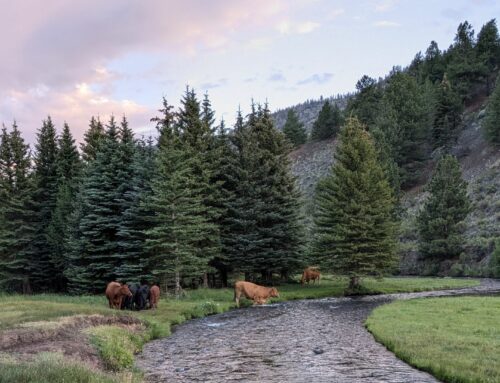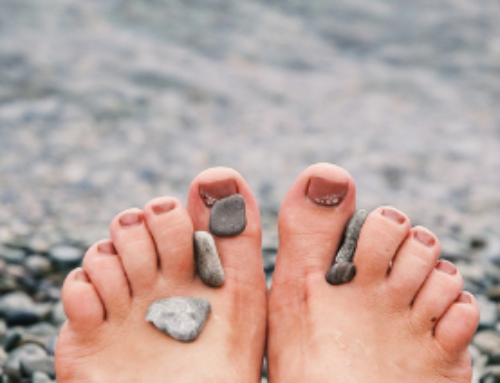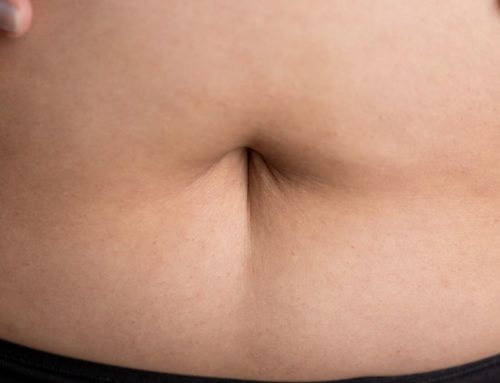DIY sunscreen formulation isn’t for everyone! However, if you’re considering embarking upon this route this article will give you a nice overview of what’s involved. I think there is a demand for more effective and safe sunscreens on the market so this may very well be a great direction for you to turn a hobby interest into a career.
The DIY sunscreen directions I’ve encountered online fail to educate the consumer on the necessary steps and equipment to take on a project like this. If you’ve noticed that as well perhaps you can share this article with others so they can be inspired to make informed decisions about formulating at home too!
Equipment Inventory
Let’s start with the standard equipment necessary to formulate sunscreen in your formulary space:

High Shear Mixer – this may be your most important piece of equipment to effectively formulate your own sunscreen. The high shear mixer will disperse your dry ingredients fully into the liquid ingredients. Without a high shear mixer your product will fail to provide even coverage and distribution of the zinc oxide (or other barrier metal powders) thus allowing UVA and UVB irradiance to penetrate through the ‘gaps’ of your sunscreen.

Lab Hot Plate – a hot plate allows you to heat the raw ingredients to 170F in the event that your shear mixer doesn’t come with its own hot plate. A microwave would make an adequate substitute to heat raw ingredients in 10-15 second bursts until a satisfactory temperature has been achieved.
Thermometer – to monitor temperature of raw ingredients during heating.

Particulate Filter Respirator – avoid accidental inhalation of the powdered zinc oxide by wearing a particulate filter respirator. For example, when metal workers inhale zinc oxide they develop what is known as metal fume fever which creates flu-like symptoms and respiratory distress.
Preparing a Formula
When designing a formula for sunscreen you will want to determine whether you’d prefer a cream or lotion style medium. In a lotion you will have to sacrifice sun protectant factor (SPF) as you cannot utilize as much zinc oxide in a thinner formula. This may be acceptable for those who live in regions with less ultraviolet exposure or as a light lotion to be used in short-term UV exposure situations – an example might be for someone who wants protection in their car during their morning commute or to wear under garments that provide some UV blocking coverage but they want a bit more protection for the rays that penetrate these garments.
A cream might look something like this: 50-60% liquid, 20-30% wax and butter, and 10-25% powders. The liquids will be comprised of aqueous (water-based) ingredients, and oils. For example:
Aqueous ingredients:
- Hydrosols – the aromatic distillate of botanicals – cucumber, rose, neroli, lime, frankincense – this will give you control over the biophysical actions of your formula as well as the scent profile.
- Herbal extracts – liquid extracts of herbs resemble teas but are usually called infusions or extracts – green and white tea extracts are lovely in skincare formulas and would add to the biophysical actions of your formula.
Liquid lipids:
- Oils – nut, kernel, seed, and liquid waxes – jojoba, meadowfoam, evening primrose, argan, apricot kernel, and infused oils like calendula will determine the viscosity of your overall formula as well as contribute to the biophysical actions.
Wax and butter ingredients:
- Waxes – serve to bind oil and water emulsions – emulsifying wax can be derived from both botanicals as well as petroleum so check with your supplier if this is important to you.
- Butters – nut butters serve to bind oil and water emulsions – shea, cocoa, kokum, and mango are all examples of nut butters that would be worth considering in a sunscreen formulation.
Powders:
- Gluconodeltalactone and Sodium Benzoate – a broad-spectrum preservative necessary to keep your product shelf-stable for more than a few days.
- Zinc oxide – a naturally-occurring mineral available in microfine and nanoparticle forms – acts as a physical sun blocker and is often paired with titanium dioxide to provide more even UVA and UVB coverage.
Testing Your Formula
Once you’ve achieved a base formula (or a few) that you’re satisfied with in terms of biophysical properties, consistency, and ease of formulating it is time to send it off to a lab for testing. You have a variety of options for what types of tests you want to order on your formula. The main test you want is a single- or multi-port solar simulator test which will determine the sun protectant factor (SPF) of your formula. This main test will run you upwards of $200. Some labs offer other a la carte or bundled testing options, including whether your product will hold up under water immersion, towel drying, as well as photoxicity, and photoallergy testing.
Testing is mandatory to offer an over-the-counter sunscreen in the United States.
Natural Sunscreen Myths
Some of the myths that have been brought to my awareness over the years, include:
- Essential oils and SPF – to date there has not been an essential oil that has been determined to have anything more than a negligible UVPF or SPF properties to it in vivo. Gabriel Mojay of ITHMA talks about this on his Facebook post.
- Coconut oil and SPF – coconut oil fails to block 80% of UV rays which leaves the consumer with a very wide margin of exposure. A sunscreen should block more than 90% of UV rays thus reducing the risk of skin damage and skin cancer risk.
- Carrot Seed Oil – this study is often cited as proof that carrot seed oil has an SPF value somewhere around 40 but upon review of the formula itself the active ingredient is zinc oxide. Carrot seed oil may be worth consideration in a sunscreen formula in the oil phase but is unlikely to actually contribute to the SPF of the formula.
Getting Formulary Experience
If you’ve never formulated cosmetics and skincare products before I would highly recommend getting some experience in this area before embarking on a sunscreen. I teach a 4-hour apothecary class which covers some of the nuts and bolts of formulating skincare products like lotions, gels, face masks, and toners. This is a perfect way to get your feet wet, so to speak, and would help you determine if you want to venture into skincare formulation via hobby or profession.
In Conclusion
The upfront cost of a Do-It-Yourself sunscreen formulation will be in the thousands. A shear mixer will run you upwards of $1,200 (unless you’re lucky and find a gently-used model being phased out at a local lab that you snag for cheap), you’ll spend a couple hundred dollars on raw ingredients, an additional $50-100 on safety equipment like face masks and eye protection, and $250-14,000 for lab testing described above.
Do I make my own sunscreen? Nope. I’m not a product retailer and it doesn’t make financial sense for me to create a sunscreen formula that I would only produce in tiny batches. I am happy to purchase a commercial sunscreen product at the local natural product stores and pharmacies that does meet my expectations as well as that of the federal government’s (FDA). I’m also an enormous fan of hats, light-colored clothing, sun shelters – I use this one from our local Costco out at the lake and when we venture down to the coast, and I hit up the local REI store for UPF clothing during the garage sales and end-of-season clearances.
I think it is worth mentioning that our bodies do require some UV exposure to produce vitamin D, support stable mood, retain bone density health, and to enhance our immune function. Determining what level of exposure is appropriate for you is a conversation worth having with your health professional. We’ve become so fearful of skin cancer that our country has been experiencing a vitamin d deficiency epidemic for years now.
Like many subjects this one is complex and I welcome your comments and feedback! Here’s the Comments Policy if you’re curious what is permitted in this space.
Images obtained from Amazon and are hosted by Amazon. No affiliate links are included in this article.









Oh gosh, thank you so much for writing this!!!
You’re welcome! 🙂
This is excellent! Thank you!
Thanks, Jeana! Glad you enjoyed!
Very happy to know about “sunscreen truth” from you EG perspective. I’ll go with what you say
Informed and relevant. Thank you for sharing this.